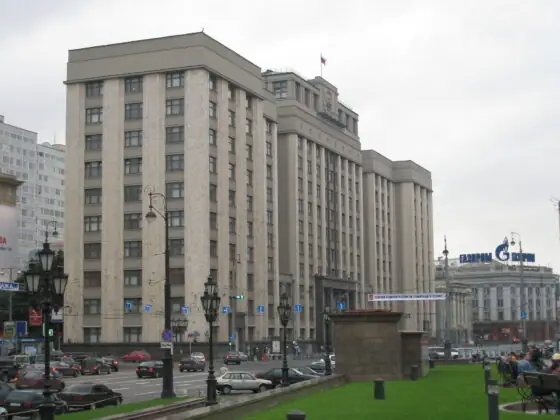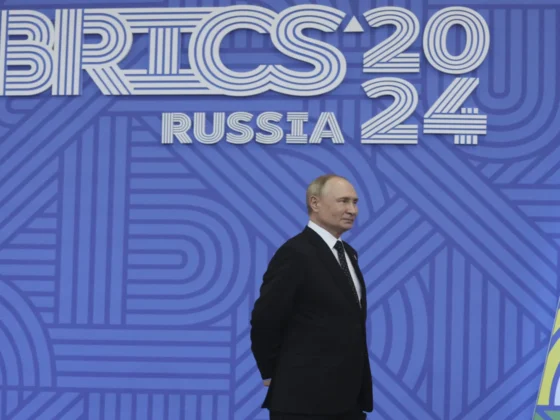Just months apart, the implosions of Ukraine and Iraq have alarmed many policymakers, journalists, and international affairs experts who worry that the modern state and its borders are on the cusp of a very dangerous transformation. On the eve of Russia’s annexation of Crimea, The Economist wrote, “Europe’s borderlands look more like a ring of fire.”[1] Appearing before the House Foreign Affairs Committee soon after Crimea joined Russia, U.S. Secretary of State John Kerry declared, “We have a vital national security interest in upholding international law and upholding norms for international behavior and not allowing somebody at the point of a gun to reverse settled lines of nations.”
Later in the summer of 2014, extremists from the Islamic State rolled across Syria’s eastern border, easily capturing major Iraqi provinces and cities like Mosul and coming one step closer to their professed goal of establishing an Islamist state from the Mediterranean to Mesopotamia. “This is not the first border we will break,” declared an Islamic State fighter, “we will break other borders.”[2] “It suddenly appears those century-old borders, and the Middle Eastern states they defined,” wrote The Wall Street Journal, “are being stretched and possibly erased.”[3]
Such predictions are not new. In the 1990s after the dissolution of the Soviet Union and the violent disintegration of Yugoslavia, warnings abounded that the world was in store for more state collapse and border redrawing. Dire forecasts were made about Turkey—economically hobbled, politically fragmented, and battling a severe Kurdish insurgency—as well as about multiethnic Macedonia, perpetually described as the next Balkan domino. Further afield, journalists predicted that the borders of the newly-independent Central Asian states would be redrawn, either by the hands of transnational extremist movements or by the very actions of Central Asian leaders. Today, the borders of Turkey, the Central Asian states, and even little Macedonia remain very much intact.
While notoriously inaccurate, predictions about the collapse of modern state borders are understandable. Policymakers and foreign affairs experts have a long tradition of warning about the death of principles they consider sacrosanct, and the fixity of interstate borders is at the top of the list. Yet if one waits long enough, somewhere a state will eventually collapse, sovereign territories will change hands, and international borders will be redrawn.
Policymakers are right when they argue that the recent conflicts in Ukraine and Iraq pose a serious challenge to regional and international security, but this is not because the conflicts create precedents that embolden other states or actors to redraw borders. The costs of violently altering borders remain high. The bigger problem states face is how to manage and police their borders in ways that can prevent conflicts from erupting or at least speed post-conflict recovery.










